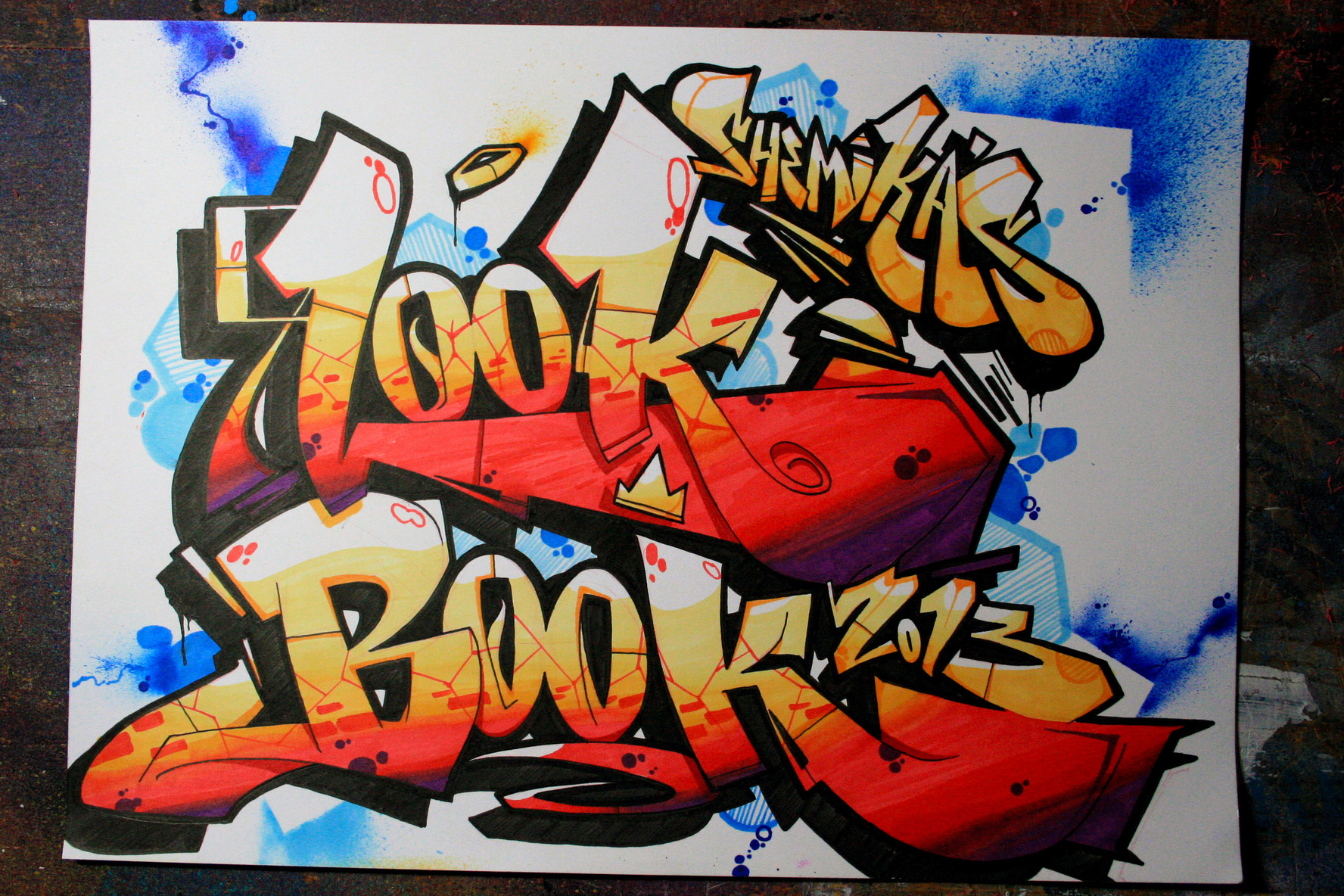Due: Your final portfolio is due during our final exam period 12/13 at 3pm
Length: 1000 – 1250 words (4-5 pages)
Look back over the writing you’ve encountered and produced this semester, and then draft an essay that reflects on what you have learned. This essay is an opportunity to think about your writing and clarify — for yourself and portfolio readers — how your skills and awareness of your writing processes have grown this semester. Think of each piece of writing that you include in your letter as an “exhibit” that you are analyzing and reflecting on in this essay.
Curating exhibits
You should definitely address the major assignments in this class: the literacy narrative, your podcast episodes, and your work on the Equality of Opportunity Project. You might also reflect on the podcast series as a whole and how your episodes fit within the context of the series that we created together. Similarly, you might also reflect not just on the specific pieces you contributed to the Equality of Opportunity project site but on the work that we all produced collaboratively.
You do not need to directly address every single one of the 13 sketch assignments individually in your reflection essay, but you should also reflect on how the sketch assignments have helped you to meet the course learning objectives. You might group them in some coherent way and then discuss them in sections, or you might select a handful of representative sketch assignments that are worth spending more time discussing.
Your final sketch assignment asks you to create an engineering diagram representing the work you’ve done in this class in some sort of coherent system. Include that sketch as part of your reflection essay — maybe as the feature image for the page, but if not then somewhere in your essay.
What should your essay do?
- Guide your readers through the exhibits, discussing your writing while looking for larger patterns. What do you see about yourself as a writer when you step back and look at the work you’ve produced this semester?
- Discuss your podcast episodes in more depth, considering the stages of the writing process as it developed. How did you think genre, including audience and purpose, while you produced these episodes?
- Explain how you have applied insights from this course in other rhetorical situations and/or how you might use what you’ve learned in this course in future writing.
- Explicitly address the course outcomes and how you encountered them throughout the reading and writing for the course.
- Employ evidence to support your claims. Just like in the other writing assignments you’ve completed this semester, you will need to frame and analyze evidence in support of your argument; however, in this case, the evidence you will use is your own writing. Remember that you need to smoothly and effectively incorporate that evidence into your own writing with clear framing language and detailed analysis.
- Forms of evidence from your writing exhibits could include, but are not limited to: quoted or block material from your exhibits; quotes from early drafts of your writing or notes; reported or quoted feedback from others; illustrations or quotations that show how a particular exhibit evolved; or screenshots or images from your work.
Publishing your reflection essay
The reflection essay should become the new index page for your course site and should begin with a note indicating that the site is an archive of the work that you completed as part of ENG221 at Emory University during fall semester 2017. You should link to the course site, so that a reader who is going through your work can easily find out more information about the course you were in.
You should organize the work on your course site into a finished portfolio showing all the work you have done this semester. Make certain that your entire course subdomain looks complete, coherent, and like you’ve given some thought to its overall design and aesthetics.
Formatting
Your reflective essay must include visual elements. You have lots of freedom to decide the nature of these visuals, but one good choice available to you is to take screenshots of the projects on your site and use those as images for the major projects as you discuss them. You can also repeat images from your projects in your reflective essay. Or, you can use Flickr advanced searches to find CC-licensed images to use in your essay (make certain that you link back to the image properly if you do!). Just make certain that any images your include in your reflective essay are clearly identified with good captions.
Use links not URLs throughout your reflective essay and throughout your site.
In the process of reorganizing your site into a portfolio, you might consider changing themes for your course site. Your goal is to make certain that the entire site looks good, and shows that you’ve given thought to how the pieces all fit together. Think of the entire course site as an argument that you have met the learning outcomes for the class and that you know how to write, design, build, and publish an effective and thoughtful academic web site.
